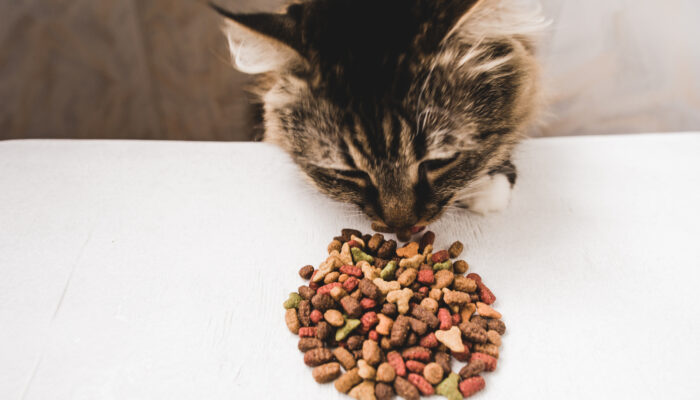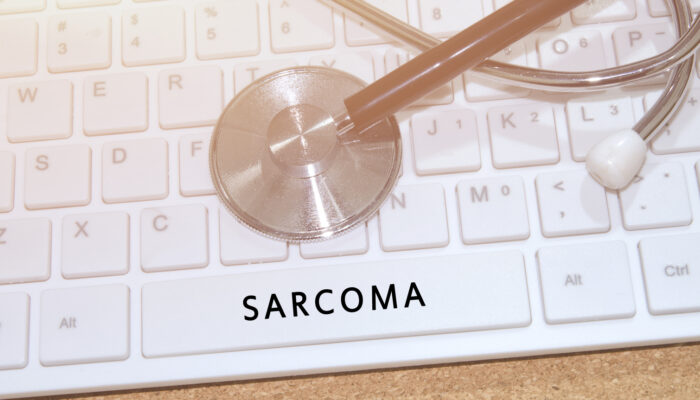
5 Treatment Options and Foods That Help Manage Overactive Bladder
If you are struggling with OAB (overactive bladder), a common urological condition that can cause bladder urgency and leakage, you may be searching for overactive bladder solutions for bladder leakage such as OAB urology solutions to manage your symptoms. Fortunately, there are a variety of overactive bladder solutions available, including incontinence underwear and supplements for overactive bladder. Additionally, medical centers have come up with new treatments, such as MSKCC (Memorial Sloan Kettering Cancer Center) to treat bladder cancer that may be helpful for individuals with OAB. In this listicle, we will explore 5 treatment options and foods that can help you manage OAB and improve your quality of life. So, if you’re looking for effective ways to manage bladder leakage and other OAB symptoms, keep reading to learn more:
1. Pelvic floor muscle exercises
The pelvic floor muscles play an important role in bladder control, and strengthening them through exercises such as kegels can help improve bladder function. To perform kegels, simply tighten your pelvic muscles as if you are trying to stop the flow of urine, hold for a few seconds, and then release. Repeat several times a day to help improve bladder control.
2. Biofeedback
Biofeedback is a technique that helps you learn how to control your body’s functions using electronic sensors that provide feedback. During biofeedback sessions for OAB, a sensor is placed near the bladder to monitor muscle contractions. This information is then used to help you learn to control your bladder muscles and improve your ability to hold urine.
3. Maintaining a healthy weight
Being overweight or obese can put extra pressure on the bladder, which can increase the risk of OAB. By maintaining a healthy weight through diet and exercise, you can reduce this pressure and improve bladder function. Eating a diet rich in fiber and low in processed foods can also help prevent constipation, which can contribute to OAB symptoms.
4. Intermittent catheterization
For individuals with severe OAB or bladder leakage, intermittent catheterization may be recommended. This involves using a catheter to empty the bladder at regular intervals, which can help reduce symptoms and prevent accidents. This option is often used in conjunction with other treatments such as medication or bladder training.
5. Foods that help manage OAB
Certain foods have been shown to help manage OAB symptoms. Cranberries and blueberries contain compounds that help prevent urinary tract infections, which can worsen OAB symptoms. Pumpkin seeds are high in zinc, which helps promote bladder health, and soy products contain isoflavones that can improve bladder function and reduce inflammation.



